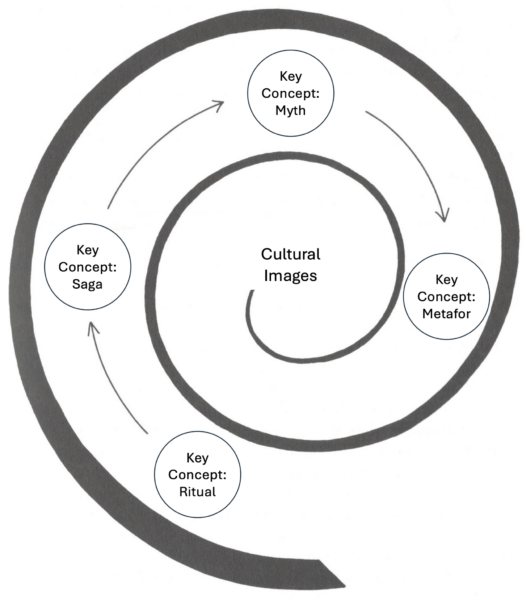Changes Require New Perspectives
With insight into the organisational culture, a solid foundation is formed for initiating the organisational changes, which is based on a basic understanding of and insight into the various formations of opinion in the organisation, which are valuable in relation to getting new initiatives and changes to live and flourish in the organisation.
Organisations are alive, and we humans think and make decisions very differently and thus do not act alike. Our motives are very different and not always rational. In other words, we do not always act and react as predetermined – without this insight and understanding, most cultural and organisational changes will not be fully successful.
The Path to Change Through Learning
Changes and new ways of doing things call for learning. At Hjort & Frøik, we believe that learning is the key word in any successful change. Without the desire to learn new things and develop as a person and organisation, new knowledge will not be integrated and live in an organisation among managers and employees. In the worst case, the desired profit realisation will fail.
We live in a time where technology (including AI) can help to quickly raise the level of knowledge in an organisation, but technology does not do it alone. New ways of carrying out one’s work tasks, interacting, communicating, and collaborating require insight and understanding of how the individual learns and acquires new knowledge. With this understanding, the level of new knowledge can be better lifted by several employees with different skills at the same time and thus provide a more transversal organisational implementation of the new with greater effect for the entire organisation.
The Learning Organisation
Knowledge is everyone’s property, but in addition to the fact that companies have a responsibility to ensure that their employees develop, it is HJORT & FRØIK’s basic philosophy that you succeed in creating an organisation with room for the individual, manager as employee, and with focus on the fact that knowledge should not only belong to the individual employee, but to a greater extent sees knowledge as a shared dimension and responsibility that grows in the organisation for the benefit and insight of everyone and in step with the organisation developing and learning new things. Then the way is paved to create a learning organisation with a focus on development and change. As well as a better foundation for you as an organisation to succeed in implementing e.g. new technology and knowledge.
Competence Enhancement and Leadership Development
An experience that we at Hjort & Frøik have with us when we work with organisational development and change is not to lose focus on the managers’ abilities to understand the new. Often you forget to involve the manager in how, e.g. a new IT system, a new technology or similar works, and the focus is often on creating an understanding of how employees must use the new.
Our approach is at the same time that we ensure that new knowledge among employees is integrated and learned, then we work in parallel with the different management layers to adapt knowledge and learning in relation to the professional level at which the managers need to gain knowledge about the new in order to better interact and support their employees, and not least to help drive the new change in the right direction.
Train-the-Trainer
We often find that internal courses and e.g. supplier training is not enough for an organisation to feel well equipped to adopt the new and create the necessary changes. Therefore, as an extension of our advisory organisational change work, we offer to develop tailored training programs at manager and employee level.
We often develop train-the-trainer programs in relation to the developed courses. Here, we train relevant people at the customer in the use and execution of the courses. This is a good investment if it is a larger organisation with several employees who regularly attend the courses.
If you need new knowledge, insight and understanding, regardless of how far you have come in your development – contact us for a non-binding chat.




